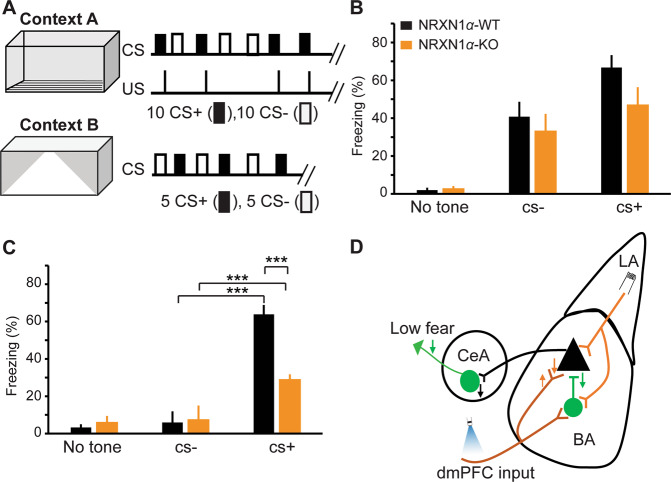Fig. 5. Reduced fear expression in NRXN1α-KO mice.
a Schematic representation of discriminative fear conditioning paradigm. Acquisition consists of 10 tones (30 s, 50 ms pips) paired with a mild shock (CS+) and 10 interspersed tones (30 s, continuous) without a shock (CS−). Fear memory retrieval was tested in a different context one day after acquisition. Freezing was measured as a proxy for fear. b, c Steady-state freezing responses (mean of last four CSs) in WT and KO mice. b Freezing responses during fear acquisition. Although there was a trend towards reduced freezing during fear acquisition in KO mice, it did not attain statistical significance. WT (n = 9) KO (n = 8); two-way ANOVA, F (1, 45) = 2.995, p > 0.05 (0.0904). c Deficit in fear memory retrieval in KO mice: WT (n = 9), KO (n = 8); two-way ANOVA, F (1, 45) = 8.802, p < 0.01. ANOVA was performed using freezing responses to the last four CSs from each mouse. Asterisks denote significant post hoc tests. *p < 0.05, ***p < 0.001. d Summary and model of circuit changes in NRXN1α-KO mice. Although there was an increase (upward arrow) in PPR, the overall postsynaptic receptor activity was reduced at the dmPFC–BA synapses. Excitatory input from LA to BA principal cells was unaltered. Feedforward inhibition from LA or dmPFC to BA principal cells, and local inhibitory transmission within the BA were reduced (downward arrow) in NRXN1α-KO mice. Failure of dmPFC inputs to effectively drive fear-related BA microcircuit could result in a reduced recruitment of CEA fear microcircuit, ultimately leading to low fear. Orange and green arrows represent excitatory and inhibitory effects, respectively.

